What is a Wainwright? A quick guide to the famous Lake District fells
What is a Wainwright? We explain this ubiquitous term in English hillwalking, and offer some advice for your fell bagging exploits

In England's far north west is a region of world-famous beauty that has been attracting adventurous souls for centuries. A tightly knit group of mountains and hills (or fells as they're called up here) stands proud above glistening ribbon lakes and picture-postcard pastures. Volcanic in origin, these fells have been weathered and sculpted by the ages and today offer hillwalking for all ages and abilities. It is, of course, the Lake District.
The Lake District National Park is one of the UK’s crown jewels and if you’ve been eyeing up bagging some peaks there, you’ve no doubt come across the term Wainwright in your research. So what is a Wainwright? We take a look at this English mountain designation and explain what it means and how to get started bagging Wainwrights.
Meet the experts
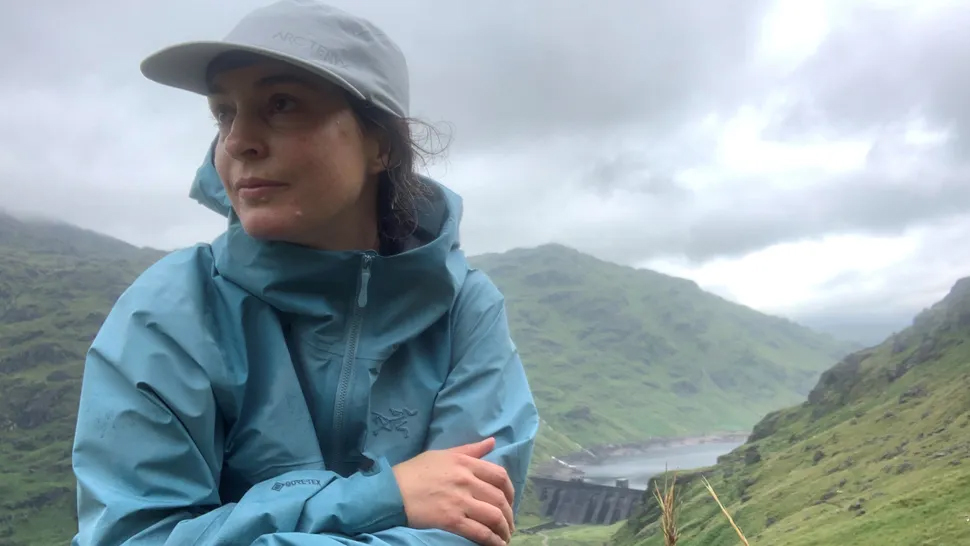
Julia can often be found exploring the mountains. She grew up a couple of hours north of the Lake District, closer to Scotland's Southern Highlands and moved to the US for university. Now back in Scotland, she appreciates the beauty and variety of the UK's upland regions.
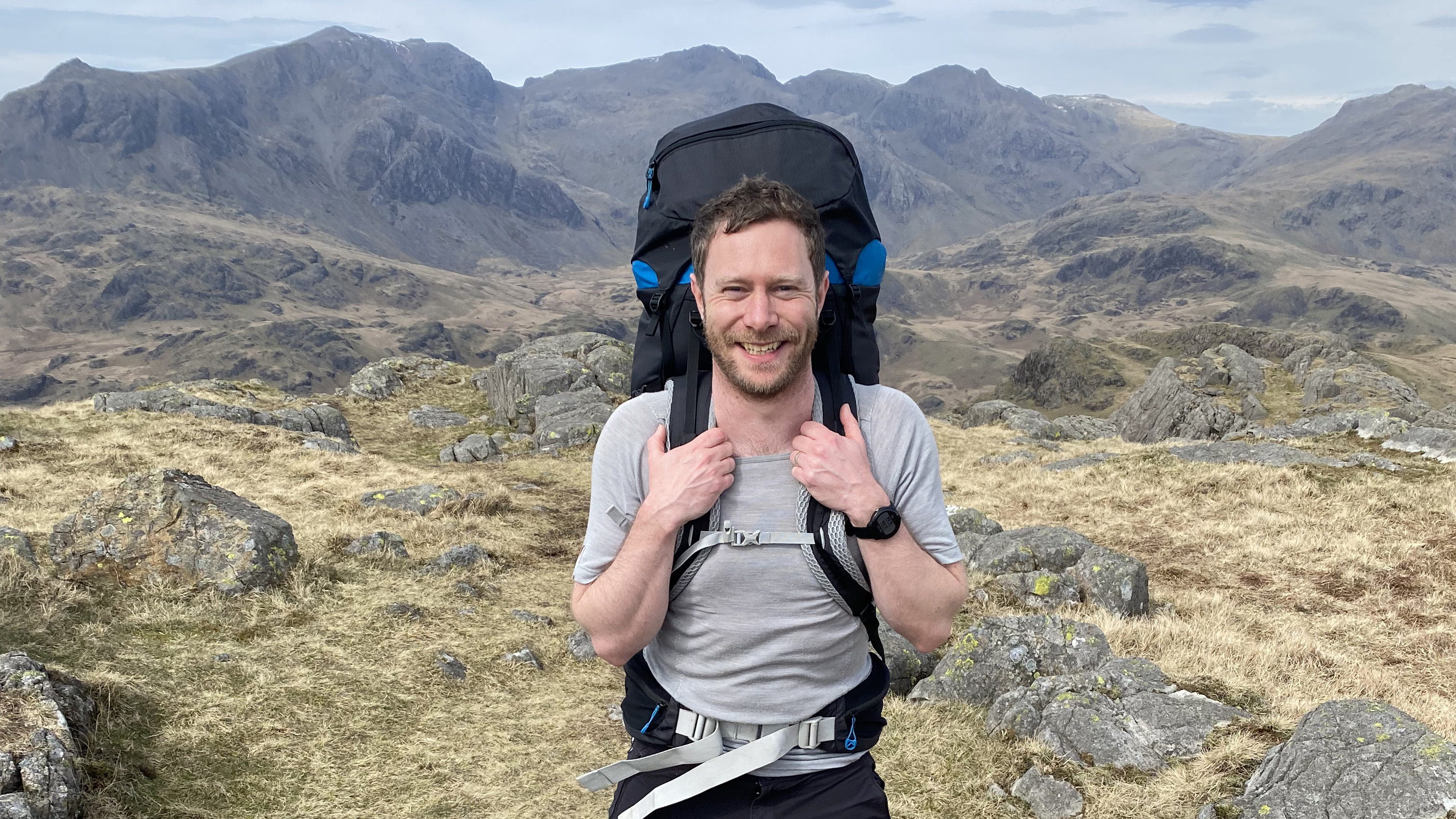
Mountain Leader and avid hillwalker, Alex was born in Carlisle, just to the north of the Lake District. He's nearing the completion of all 214 Wainwright fells, having approached this grand tally almost by accident. Originally, he was just in the game for the bigger mountains but, by sharing his passion with his wider family, he now has just a few more fells to go!
Today's best deals
What is a Wainwright?
- The Wainwrights are summits selected by Lakeland guidebook writer Alfred Wainwright
- They were chosen on merit rather than by height
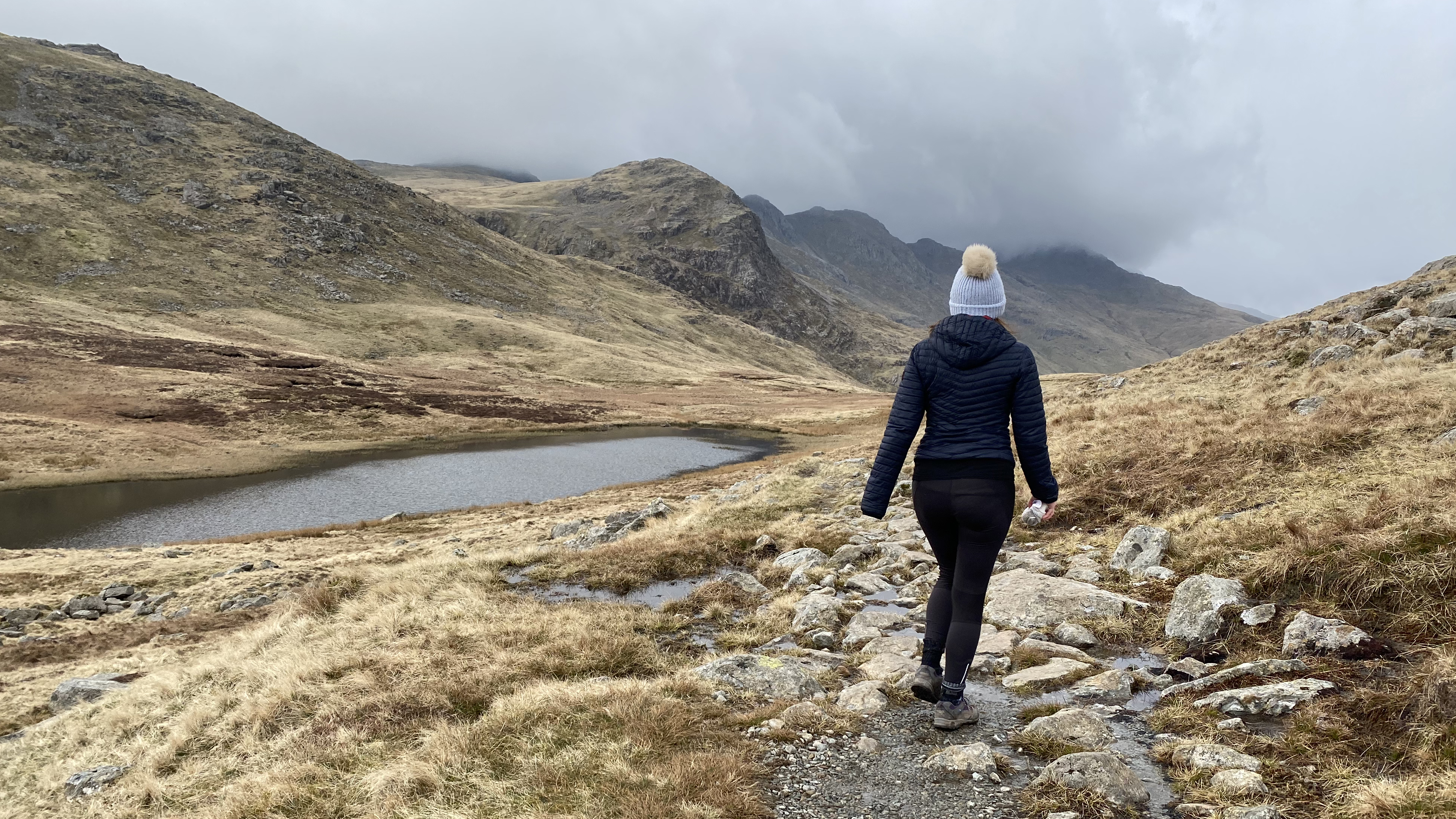
Unlike, say, the Munros of Scotland, which are mountains over a certain height, the Wainwrights are simply a list of peaks – better known locally as fells – that were outlined in British walker and author Alfred Wainwright's seven-volume Pictorial Guides to the Lakeland Fells, which were published between 1955 and 1966.
So, the Wainwrights don’t necessarily have distinguishing characteristics such as all being above a certain height, however they are all either hill or mountain summits and they are all within Lake District National Park. All but one of the Wainwrights (Castle Crag) are over 1,000 feet tall. There are four Wainwrights above 3,000 feet: Scafell Pike, Scafell, Helvellyn and Skiddaw.
Wainwright bagging is a popular pursuit among many hillwalkers. This involves ticking off each summit until you can one day proudly announce that you've completed the Wainwrights. Incredibly, the record time for completing the Wainwright is 5 days, 12 hours and 14 minutes, set by American mountain runner John Kelly. Most people spend many years or even a lifetime bagging the peaks.
How many Wainwrights are there?
- There are 214 Wainwright fells
- Wainwright split them into seven guidebooks by geographical region
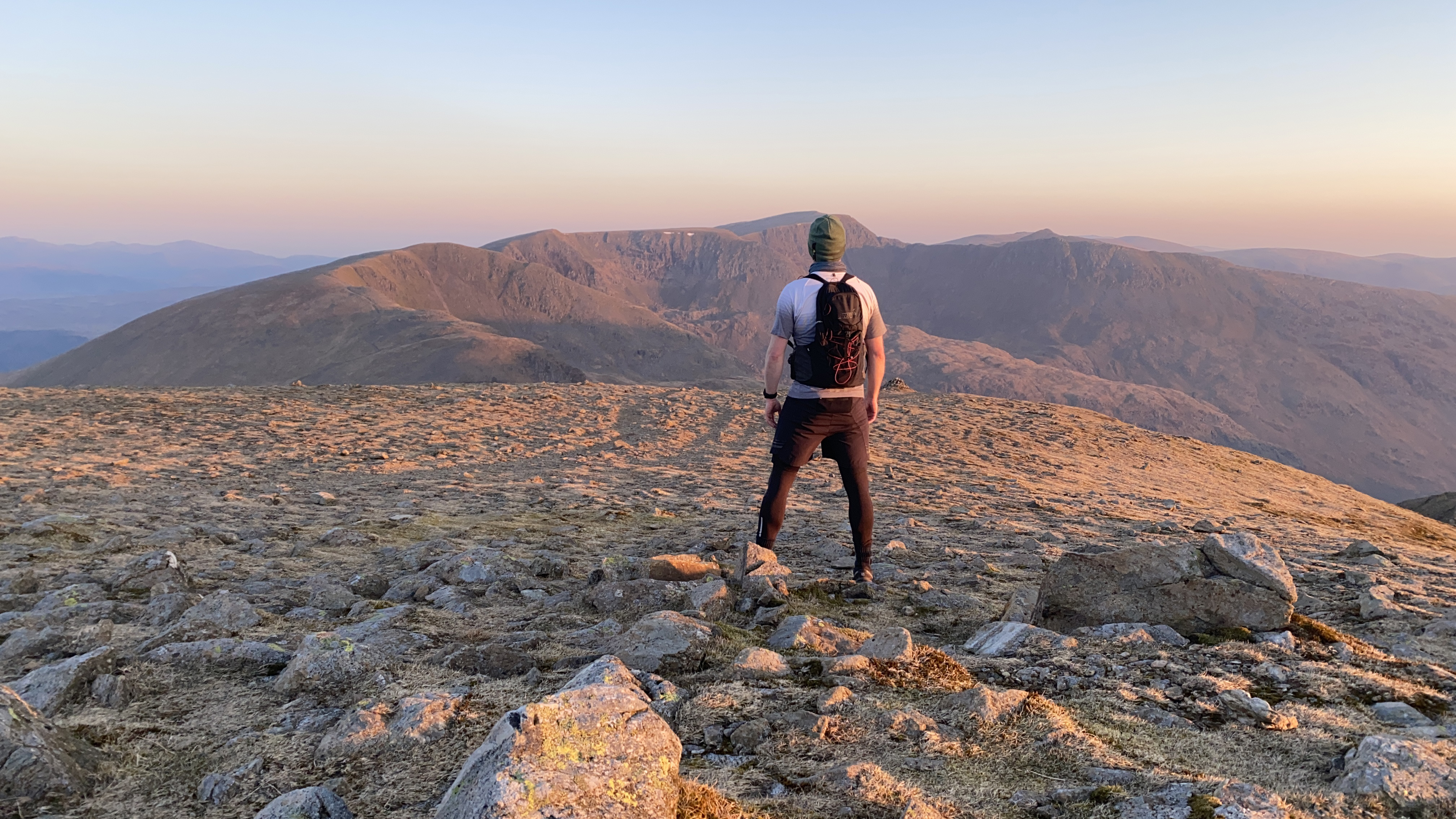
There are 214 Wainwrights that range from small hills to major mountains. Wainwright split them across seven guidebooks: the Eastern Fells, the Far Eastern Fells, the Central Fells, the Southern Fells, the Northern Fells, the Northwestern Fells and the Western Fells.
For each fell, Wainwright describes routes to the top and provides details of the distance and elevation gain, views from the top and onward routes to neighbouring peaks. His written text was complimented with beautifully hand drawn illustrations.
All the latest inspiration, tips and guides to help you plan your next Advnture!
It was his intention for the books to offer a comprehensive guide to fellwalking in the area, rather than a list of mountains to be completed, and the work is still considered a definitive guide to walking in the Lake District.
Who was Alfred Wainwright?
- Alfred Wainwright was born in Blackburn, Lancashire, in 1907
- He moved to Kendal, on the edge of the Lake District, in 1941
- He started his Pictorial Guides in 1952 – it took him 13 years to finish
- Wainwright also created the Coast to Coast walk, one of Britain's most famous long-distance hikes

Born in Blackburn, Lancashire in 1907, the course of Alfred Wainwright's life took a turn in 1930 when he first visited the Lake District. On a visit to the diminutive summit of Orrest Head, he first laid eyes on the Lakeland fells and so began his love affair with the region.
In 1941, he moved to Kendal (home to Kendal mint cake and the Kendal Mountain Festival), on the edge of the National Park with his then wife Ruth, who he was unhappily married to for over 35 years. His escape was the fells and, in 1952, he set about writing up his Pictorial Guides. Meticulously handwritten and with beautiful illustrations, completing all seven volumes took him 13 years. His first book, the Eastern Fells, was originally only available from the post office in Patterdale, at the foot of Helvellyn. Today, his guides are considered as classics and are available from all good book stores.
He went on to write a guide to the Outlying Fells of Lakeland, detailing many of the smaller fells around the fringes of the more mountainous regions, and devised his own long-distance Coast to Coast Walk. The walk went from the Irish Sea at St Bees in Cumbria to the North Sea at Robin Hood's Bay in Yorkshire and has become one of Britain's most loved long-distance journeys.
After he retired, and following his divorce from his first wife, he married Betty McNally, who'd become his walking partner in later life. However, Wainwright often admitted that he prefered "his own company to that of other people," and frequently walked the fells alone. He died of a heart attack in 1991, though his work lives on in his books and in the Wainwright Society , which aims to keep alive his fellwalking traditions. His ashes were scattered of Haystacks, one of his favourite fells.
What is the difference between a Wainwright and a Birkett?
- The Birketts are a list of Lake District summits above 1,000 feet
- They were compiled by Bill Birkett, a Cumbrian writer and climber
- Many of the Birkett peaks are also Wainwrights
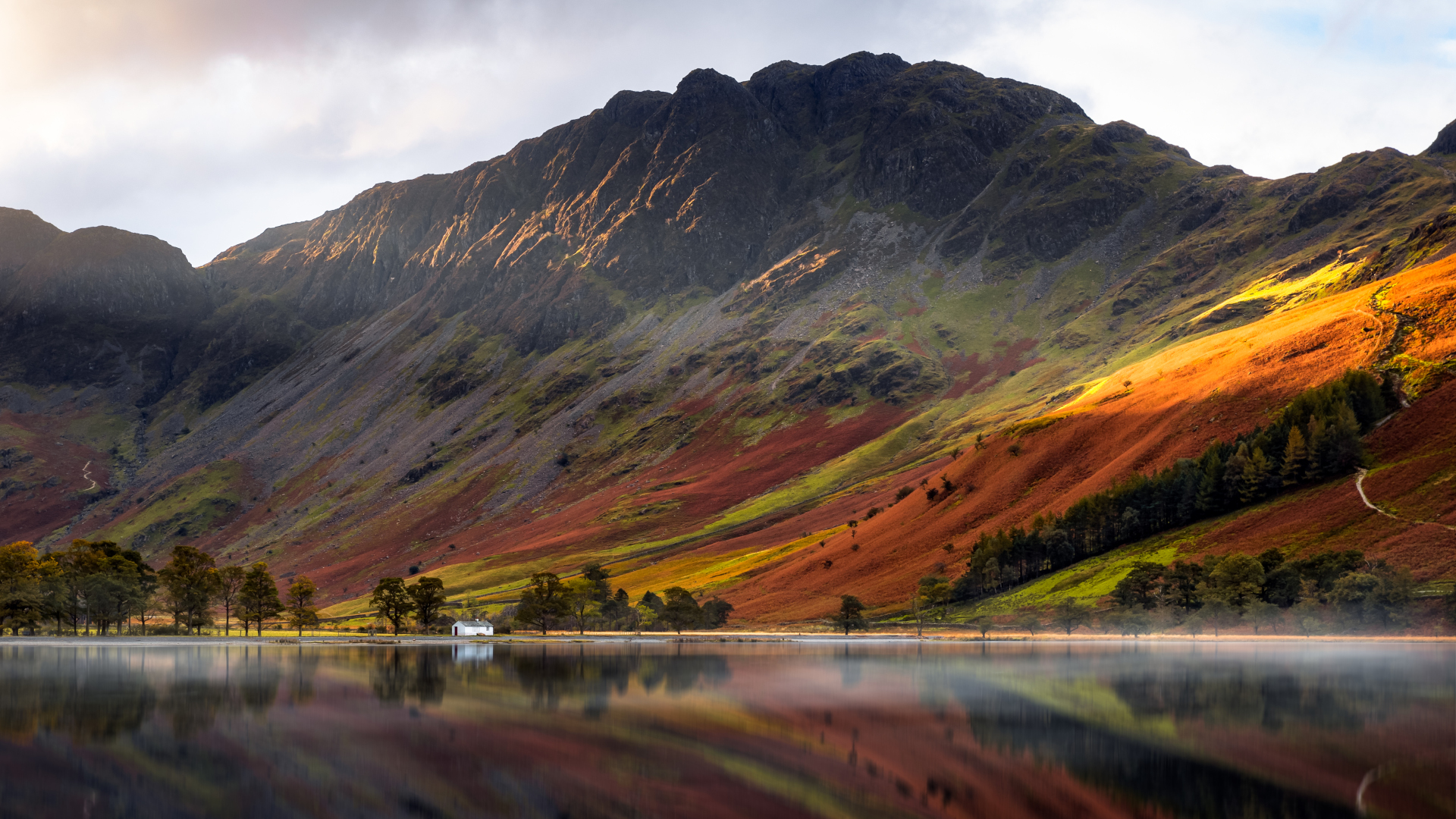
The Birketts are another list of peaks, described by Cumbrian writer and climber Bill Birkett in his 1994 guidebook Complete Lakeland Fells. Again, these peaks are all within the Lake District National Park and unlike the Wainwrights, these peaks are defined as all being over 1,000 feet. As you might imagine, this list includes many Wainwrights; in fact, of the 541 Birketts, 209 are Wainwrights.
What is the highest Wainwright?
- Scafell Pike is the highest Wainwright, at 3,209 feet
- It's also the highest mountain in England
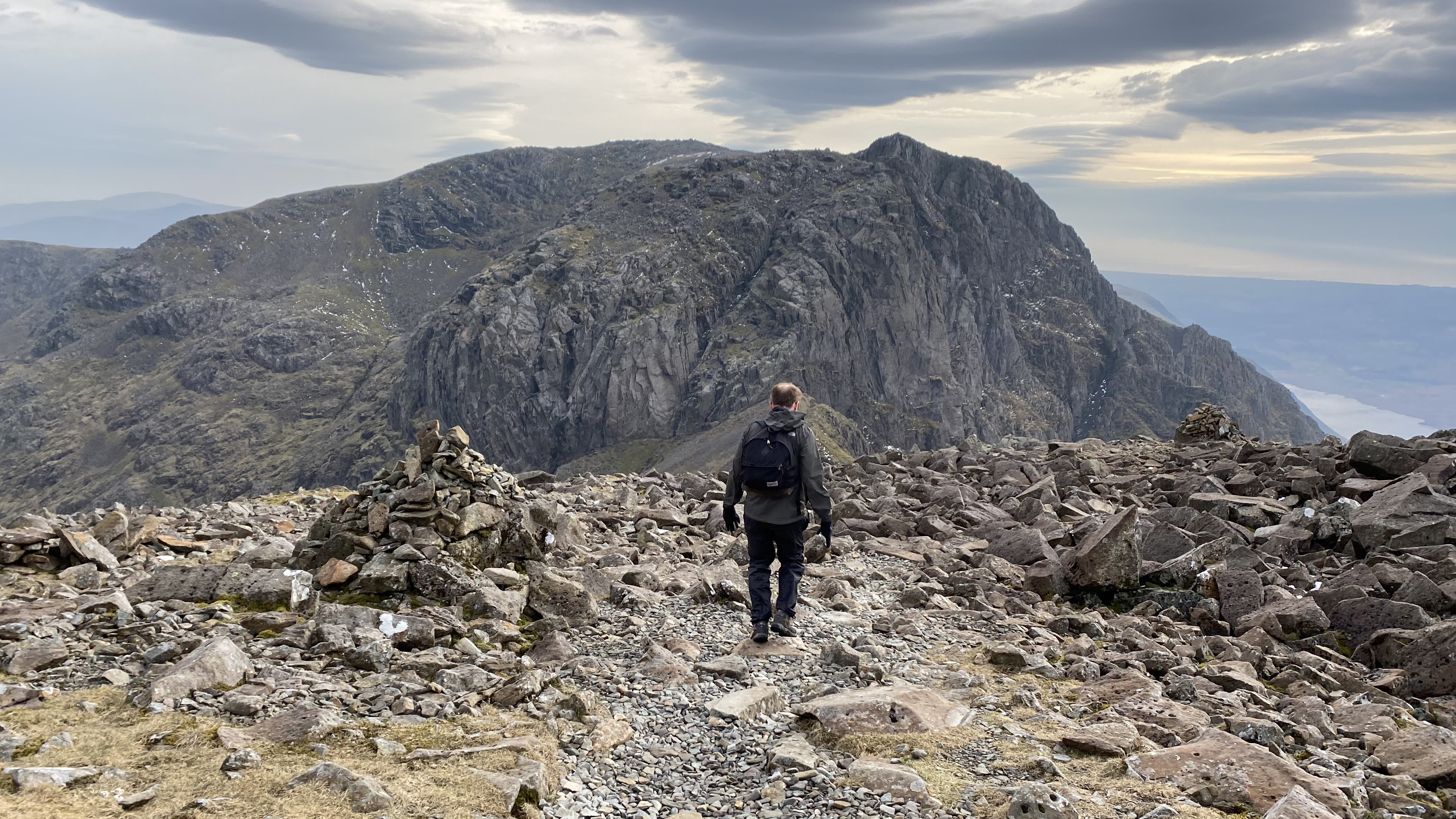
At 3,209ft, Scafell Pike is not only the highest Wainwright but also England's highest mountain. It's far from being Britain's highest peak though, an accolade that goes to Scotland's 4,413-foot Ben Nevis. Scotland had hundreds of summits that exceed Scafell Pike's elevation and Wales is home to six higher peaks.
Scafell Pike is one of the most popular hikes in the Lake District, and made our list of the best hikes in the UK. Its peak is part of a range of fells formed by an inactive volcano and its prominent ridgeline of rocky crags and narrow cols makes it one of the most distinctive peaks in the country.
How to get started as a peak bagger
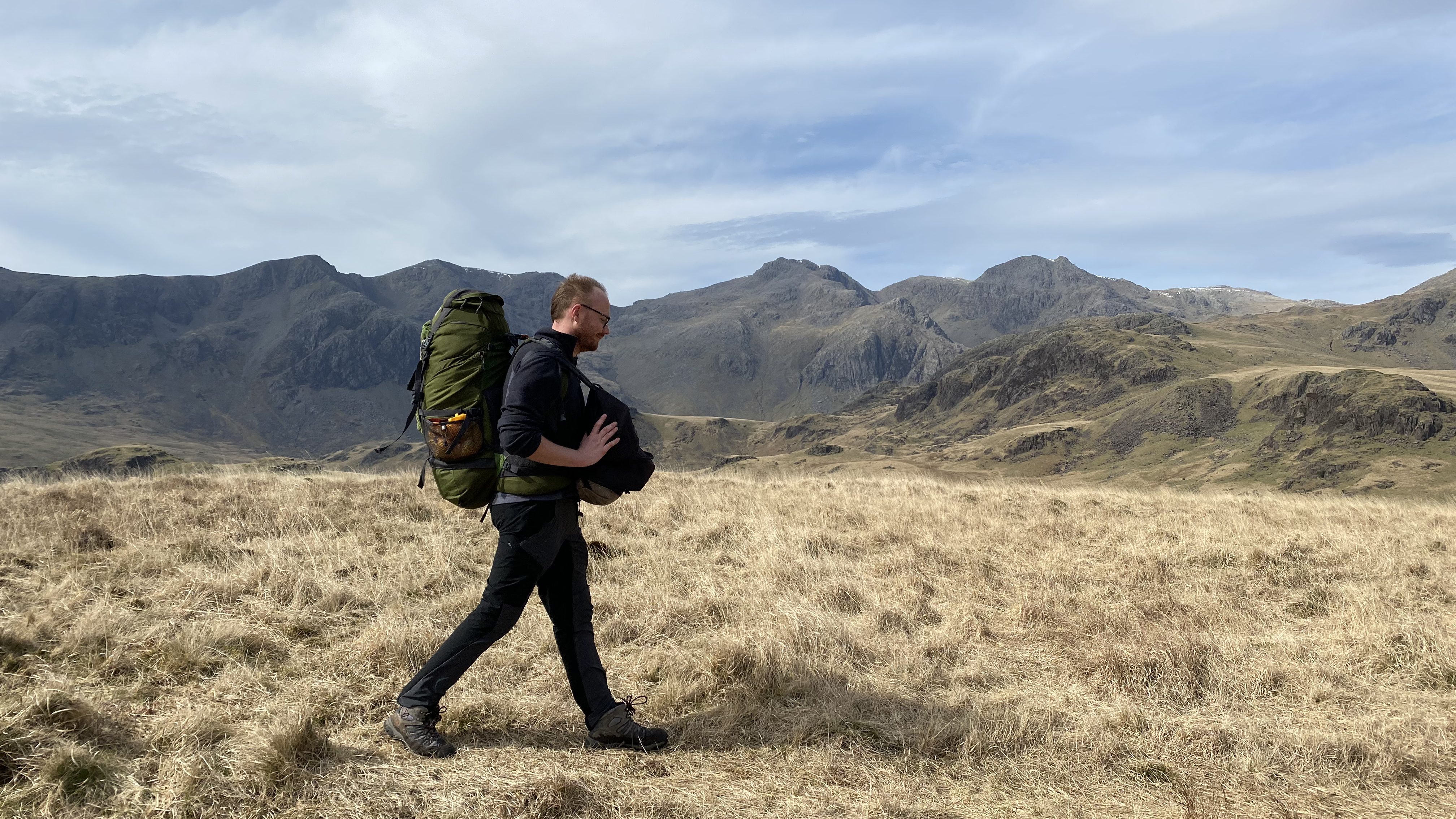
A person who summits all the Wainwrights doesn’t have a special name, and in fact, Alfred Wainwright probably never considered that doing so would become a significant feat to others. However, it is a popular pastime and if you have completed all of the Wainwrights, you can apply to be listed on a register held by the Long Distance Walkers Association.
Though not easy, bagging the Wainwrights is a popular pastime in part because the majority of the peaks are relatively accessible. If you want to get started, here’s what we recommend:
- Pick up the seven guidebooks and use them as your hiking companion.
- Get yourself some proper hiking boots that will handle boggy and rocky terrain alike.
- If you're new to hillwalking, start with the smaller peaks such as Castle Crag, Latrigg and Loughrigg and work you way up to the big ones.
- Pack a rain jacket and other rain gear like gaiters and waterproof trousers – the Lake District averages 200 wet days every year.
- Plan ahead and figure out which peaks you might be able link together in a single day.
- Study up on mountain safety – Lake District mountain rescue have been a spike in rescue missions over the last 12 months, handling a record 714 emergency calls in 2023.
Julia Clarke is a staff writer for Advnture.com and the author of the book Restorative Yoga for Beginners. She loves to explore mountains on foot, bike, skis and belay and then recover on the the yoga mat. Julia graduated with a degree in journalism in 2004 and spent eight years working as a radio presenter in Kansas City, Vermont, Boston and New York City before discovering the joys of the Rocky Mountains. She then detoured west to Colorado and enjoyed 11 years teaching yoga in Vail before returning to her hometown of Glasgow, Scotland in 2020 to focus on family and writing.

